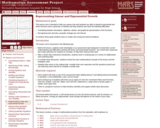
This lesson unit is intended to help you assess how well students are able to interpret exponential and linear functions.
- Provider:
- Mathematics Assessment Project
- Date Added:
- 06/22/2022

This lesson unit is intended to help you assess how well students are able to interpret exponential and linear functions.
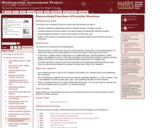
This lesson unit is intended to help educators assess how well students are able to articulate verbally the relationships between variables arising in everyday contexts, translate between everyday situations and sketch graphs of relationships between variables, and interpret algebraic functions in terms of the contexts in which they arise. Students will also reflect on the domains of everyday functions and in particular whether they should be discrete or continuous.
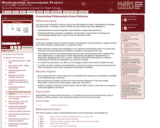
This lesson unit is intended to help educators assess how well students are able to manipulate and calculate with polynomials.
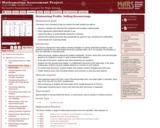
This lesson unit is intended to help educators assess how well students are able to interpret a situation and represent the constraints and variables mathematically, select appropriate mathematical methods to use, explore the effects of systematically varying the constraints, and interpret and evaluate the data generated and identify the optimum case, checking it for confirmation.
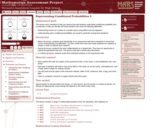
This lesson unit is intended to help educators assess how well students understand conditional probability.
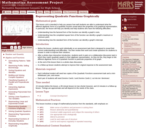
This lesson unit is intended to help educators assess how well students are able to understand what the different algebraic forms of a quadratic function reveal about the properties of its graphical representation.
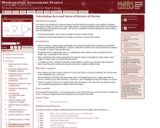
This lesson unit is intended to help you assess how well students are able to solve problems involving area and arc length of a sector of a circle using radians. It assumes familiarity with radians and should not be treated as an introduction to the topic.
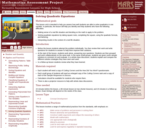
This lesson unit is intended to help educators assess how well students are able to solve quadratics in one variable.

This lesson unit is intended to help educators assess how well students are able to recognize the differences between equations and identities, as well as substitute numbers into algebraic statements in order to test their validity in special cases.
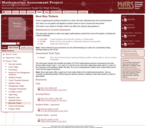
Susie is organizing the printing of tickets for a show. She has collected prices from several printers. The student's task is to use graphs and algebra to advise Susie on how to choose the best printer.
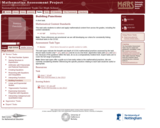
This is a short task on building functions.
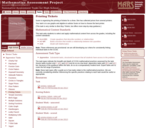
Susie is organizing the printing of tickets for a show. She has collected prices from several printers. The student's task is to use graphs and algebra to advise Susie on how to choose the best printer.
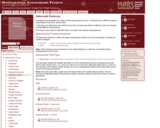
In this task, students will look for rules which let you work out how many blocks of different colors are needed to make different sized patterns.
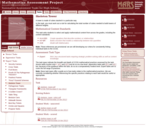
In this task, you must work out a rule for calculating the total number of cubes needed to build towers of different heights.
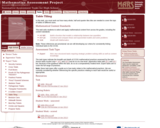
In this task, students must work out how many whole, half and quarter tiles tiles are needed to cover the tops of tables of different sizes.